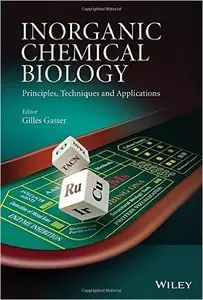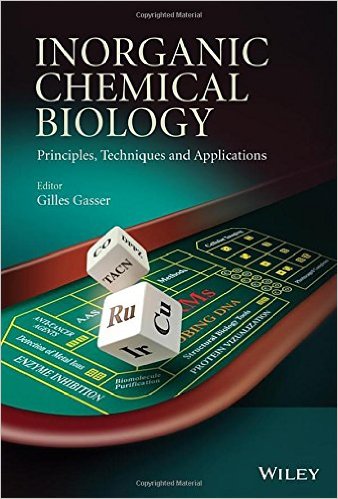Gilles Gasser, "Inorganic Chemical Biology: Principles, Techniques and Applications"
English | ISBN: 111851002X | 2014 | 432 pages | PDF | 8 MB
English | ISBN: 111851002X | 2014 | 432 pages | PDF | 8 MB
Understanding, identifying and influencing the biological systems are the primary objectives of chemical biology. From this perspective, metal complexes have always been of great assistance to chemical biologists, for example, in structural identification and purification of essential biomolecules, for visualizing cellular organelles or to inhibit specific enzymes. This inorganic side of chemical biology which continues to receive considerable attention is referred to as inorganic chemical biology.
Inorganic Chemical Biology: Principles, Techniques and Applications provides a comprehensive overview of the current and emerging role of metal complexes in chemical biology. There is a strong emphasis on fundamental theoretical chemistry and experiments which have been carried out in living cells or organisms throughout all chapters. Outlooks for the future applications of metal complexes in chemical biology are also discussed.
Topics covered include:
Metal complexes as tools for structural biology
AAS, XRF and MS as detection techniques for metals in chemical biology
Probing DNA using metal complexes
Detection of metal ions, anions and small molecules using metal complexes
Photo–release of metal ions in living cells
Metal complexes as enzyme inhibitors and catalysts in living cells
Written by a team of international experts, Inorganic Chemical Biology: Principles, Techniques and Applications is a must–have for bioinorganic, bioorganometallic and medicinal chemists as well as chemical biologists working in both academia and industry.



